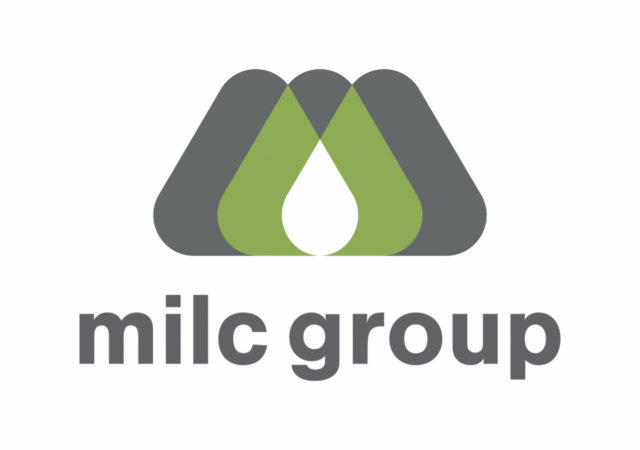Congress enacted the Resource Conservation and Recovery Act (RCRA) in 1976 to protect people and the environment from solid and hazardous waste. The idea was to regulate sources of waste such as underground storage tanks and municipal landfills. It’s a good bet that lawmakers never meant the law to apply to livestock manure.
When enacting RCRA, Congress found that “agricultural wastes which are returned to the soil as fertilizers or soil conditioners are not considered discarded materials in the sense of this legislation.”
But that hasn’t deterred environmentalists.
They’re now using RCRA as the basis for their lawsuits against five Yakima Valley dairy producers. They say the dairymen have applied manure to fields beyond agronomic rates and have allowed liquid manure to seep from lagoons, polluting the aquifer. This amounts to “discarding” the manure, a violation of RCRA and a threat to public health and the environment, plaintiffs allege.
The dairymen insist that they’re not discarding anything. Why would they? Manure has value as fertilizer. Besides, they argue, the state of Washington specifically excludes the management of manure under its definition of solid waste.
Manure also has added value as compost. The Cow Palace, one of the dairies being sued, produces 35,000 to 40,000 tons of organic compost per year and ships much of it out of the area.
In fact, of the 68 dairy operations in Yakima County, 57 of them export manure, according to industry figures. Thirty-seven of them convert some of the manure into compost.
Dairy industry leaders say the lawsuits are an attempt to expand the scope of RCRA to govern, for the first time, the use and handling of manure in agricultural operations.
Dairymen and their attorneys asked the court to dismiss all five lawsuits.
Federal Judge Thomas Rice denied the motion. In his ruling, Rice said that it’s untenable to argue that “manure that was initially intended to be used as fertilizer can never become ‘discarded’ merely because it is unintentionally leaked or overapplied.”
Shortly after the environmental groups filed their lawsuits, four of the five dairies agreed to remediation under an EPA administrative order. One dairy refused to sign the consent decree, choosing instead to sell off its herd and exit the business.
The order requires the dairies to undertake several actions for a period of eight years, including conducting regular groundwater monitoring and field application testing.
They must meter irrigation flow and install electronic sensors at the bottom of the root zone in each field where liquid manure is applied. The sensors must include an automatic shutoff feature to minimize water movement below the root zone. The dairies must also provide alternative drinking water sources to affected neighbors.
But the EPA order fell far short of what environmentalists wanted. They see it as fundamentally flawed.
“What was achieved between the EPA and the four dairies is an incomplete agreement,” Charles Tebbutt, attorney for the plaintiffs, says in a telephone interview.
“It doesn’t deal with the leaking lagoons; it doesn’t deal with the fact that the NRCS standards are not based on science, but rather politics. It doesn’t deal with what happens to the manure constituents when they get below the root zone,” he says.

The EPA order was based on the agency’s limited authority under the Safe Drinking Water Act and not under the Resource Conservation and Recovery Act, Tebbutt says.
“RCRA has far broader abilities for agencies, citizens and the courts to impose necessary remedial relief,” he says.
Much is at stake.
If plaintiffs prevail with the lawsuit, the precedent will be felt by livestock operations nationwide, industry officials say.
The plaintiffs want the federal court to declare day-to-day operations of the dairies an imminent threat to public health and the environment. They want the dairies to be declared illegal dumps.
If the environmental groups win, it could spawn a flood of similar suits across the country, industry leaders warn.
“Losing is not an option. Ultimately, we have to come out victorious, period, end of story,” says Kevin Abernathy, director of regulatory affairs for the Milk Producers Council in California.
“If you’re in the livestock industry, and it doesn’t matter what segment of the industry it is, you’d better be paying attention to this,” he says.
Environmentalists have already signaled their intent to sue a dairy in southern California, citing RCRA as the basis for their complaint. It would be the first such case in the state, he said.
What really fries Abernathy is that these lawsuits “call into question the technical standards of the USDA and NRCS,” he says.
Environmentalists often target large operations, or what they call “factory farms,” while at the same time extolling the virtues of small-scale local production.
“It sounds good when you’re trying to get dollars put into your coffers, but the reality and the science shows beyond any reasonable doubt that the most environmentally friendly agriculture is ‘large’ agriculture,” Abernathy says.
Larger agricultural operations are actually more likely to have the resources to invest in the required infrastructure, he says.
Nowadays farmers everywhere are being told that their operations must be sustainable.
Well, what could be more sustainable than collecting manure from cows, applying it back on forage crops as fertilizer and then harvesting the crop and feeding it back to the cows?
“Dairy farmers, with their livestock, don’t waste anything,” Abernathy says. “It’s an extremely sustainable model.” PD
Dave Wilkins is a freelance writer based in Twin Falls, Idaho.




